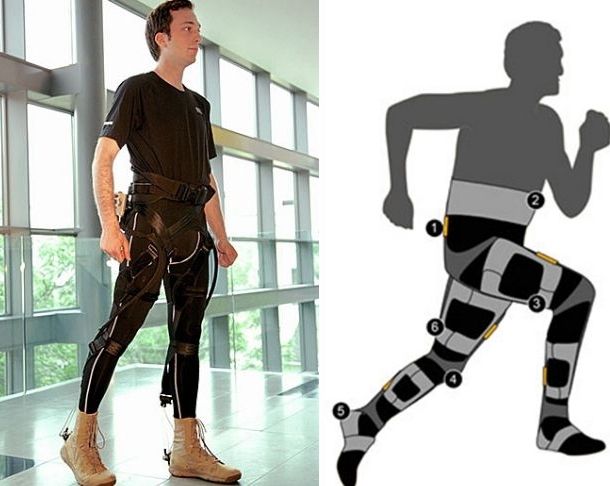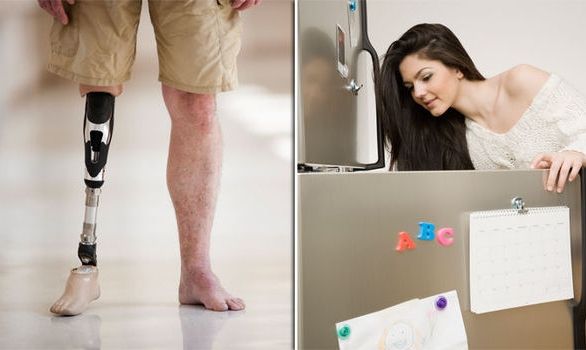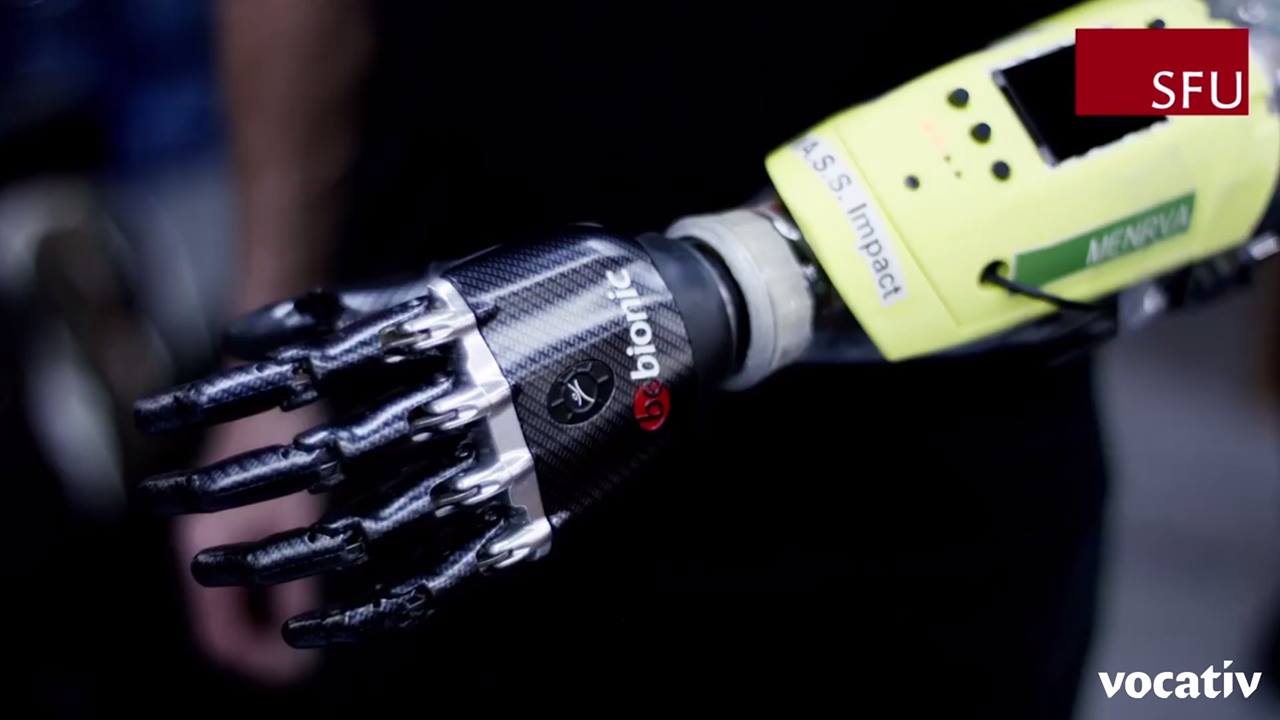Jun 1, 2016
DARPA Sees US Fighter Jets as First Thought-controlled Weapon
Posted by Karen Hurst in categories: biotech/medical, cyborgs, military, neuroscience
Imagine these fighter jets being equipped with the DARPA death laser that is being worked on. Very deadly mix.
The size of a matchstick, the stentrode can provide the “brain-machine interface” or BMI necessary for thought-controlled devices. Neural implants currently in use require invasive surgery.
Stentrodes can be attached to the brain using catheter angiography. This procedure passes the device through blood vessels in the neck and into the brain without cutting open the skull.
Continue reading “DARPA Sees US Fighter Jets as First Thought-controlled Weapon” »
















